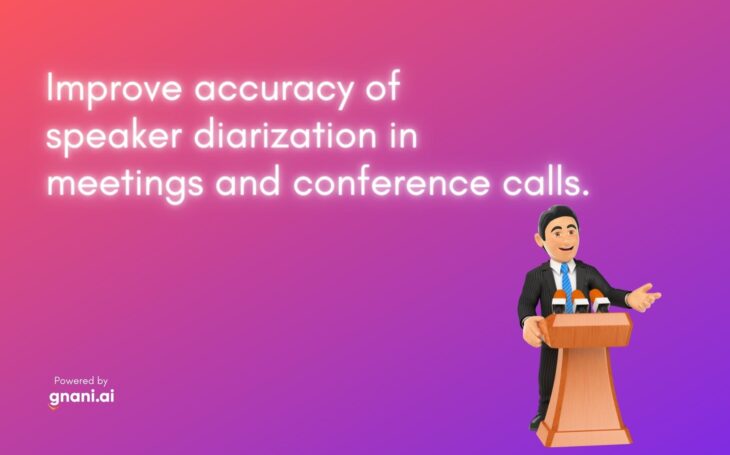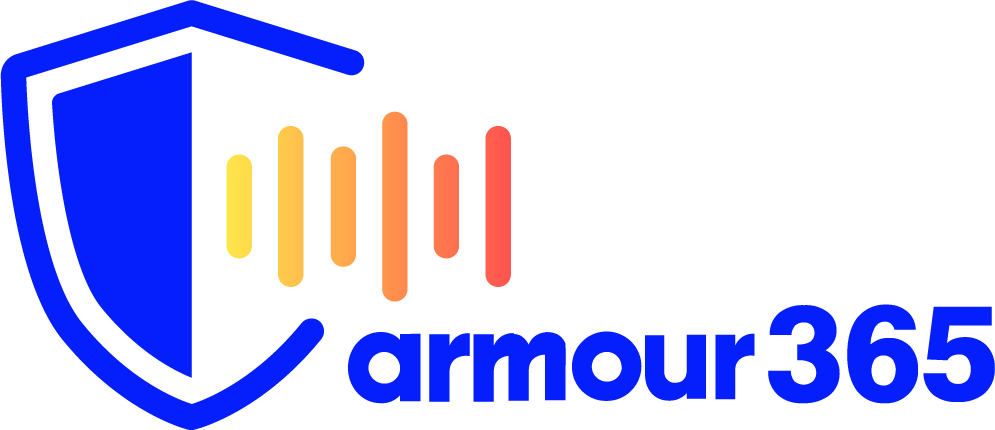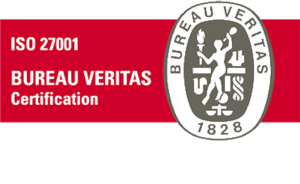
Speaker diarization is the process of automatically identifying who spoke when in an audio recording. It is a challenging task due to the various ways people can speak, the different types of background noise, and the many different accents and dialects that exist.
The goal of this paper is to improve the accuracy of speaker diarization in meetings and conference calls. We will first review the current state-of-the-art methods for speaker diarization. Next, we will propose a new method for speaker diarization that uses a deep neural network to learn features from raw audio data. Finally, we will evaluate our method on a variety of meeting and conference call datasets and show that it outperforms current state-of-the-art methods.
Speaker diarization is the task of automatically identifying who spoke when in an audio recording. It is a challenging problem due to the various ways people can speak, the different types of background noise, and the many different accents and dialects that exist.
Current state-of-the-art methods for speaker diarization use a variety of techniques, including clustering algorithms, Hidden Markov Models (HMMs), and support vector machines (SVMs). These methods typically require hand-crafted features such as MFCCs or i-vectors.
Recent advances in deep learning have shown that neural networks can learn features from raw data that are useful for a variety of tasks, including speaker diarization.
There are 15 ways to improve the accuracy of speaker diarization in meetings and conference calls:
- Use a high-quality microphone. This will ensure that each speaker’s voice is captured clearly.
- Make sure that everyone speaks at a moderate volume. If someone is speaking too softly, their speech may not be captured accurately.
- Avoid background noise as much as possible. If there is too much noise, it can interfere with the accuracy of speaker diarization.
- Use software that is specifically designed for speaker diarization. This will ensure that the software is able to accurately identify each speaker’s voice.
- Make sure that each speaker is speaking clearly and concisely. If a speaker mumbles or uses filler words, it can throw off the accuracy of speaker diarization.
- Avoid crosstalk between speakers. If two people are talking at the same time, it can be difficult for the software to identify who is speaking.
- Have each speaker take turns talking. This will give the software time to accurately process each speaker’s voice.
- Avoid overlapping speech. If two people are speaking at the same time, it can be difficult for the software to identify who is speaking.
- Keep the meeting or conference call short. The longer the meeting or call, the greater the chance for errors in speaker diarization.
- Use a trial version of the software before using it for an important meeting or call. This will allow you to test its accuracy and make sure that it meets your needs.
- Make sure that all speakers are in the same room. If people are calling in from different locations, it can interfere with the accuracy of speaker diarization.
- Use a quiet room for the meeting or call. This will minimize background noise and give the software an easier time identifying each speaker’s voice.
- Avoid using a speakerphone. The sound quality on speakerphones can degrade the accuracy of speaker diarization.
- Do a test run of the software before using it for an important meeting or call. This will allow you to test its accuracy and make sure that it meets your needs.
- Make sure to read the documentation that comes with the software. This will give you a better understanding of how the software works and how to use it properly.
By following these tips, you can improve the accuracy of speaker diarization in meetings and conference calls. This will ensure that the software is able to accurately identify each speaker’s voice and minimize errors.
What’s your take on this? Let us know in the comments below! Thanks for reading!




